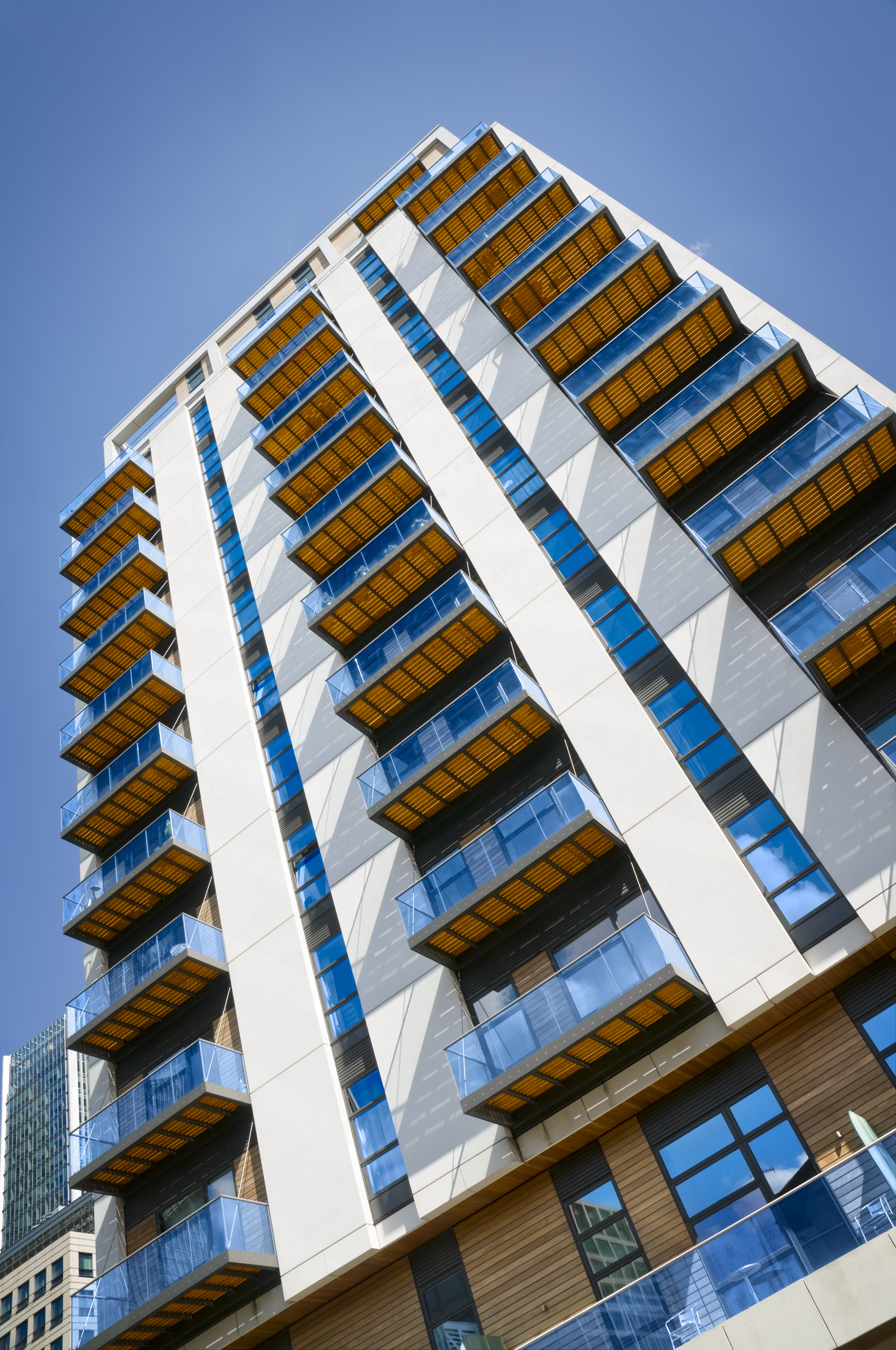Mortgages
New £1bn fund to remove dangerous cladding from tower blocks

The new fund will meet the cost for unsafe non-aluminium composite material (ACM) cladding on residential buildings that are 18 metres and over and do not comply with building regulations.
Housing secretary has Robert Jenrick has launched a £1bn Building Safety Fund to remove dangerous cladding from high-rise buildings.
Freeholders, building owners or managing agents must bid for the funds from 1 June, with the deadline for all bids set for 31 July.
Leaseholders are not personally allowed to bid for funds but they can complete an online feedback form where they can highlight instances where their building owners or managing agents have not made efforts to apply for the fund.
Is the fund big enough?
The Government has published the prospectus for the fund which will meet the cost for remediation of unsafe non-ACM cladding systems on residential buildings in the private and social sector.
But property experts have questioned whether the money enough and pointed out that the Government also needs to support people living in blocks under 18m tall.
Mary-Anne Bowring, group managing director at property management firm Ringley, says: “The government needs to support the removal of non-ACM cladding from buildings that are under 18 metres as well, as there is currently no support in place for those living in these types of buildings across the UK.
“Recent tests have suggested that some other cladding types may not have been as safe as previously thought, and if proven to be dangerous, the government should step in and help fund the removal of these too.”
Ritu Saha of the UK Cladding Action Group says: “While we welcome the release of the money for the building safety programme, we have serious concerns that the funds lack the size and scope to truly solve the crisis we face and prevent a repeat of Grenfell. We will not accept any leaseholders behind left behind and will continue to fight until all homes are safe.”
Private sector leaseholders
The Government says the fund is predominately targeted at supporting leaseholders in the private sector facing significant bills,
For social sector blocks, the Government will meet landlords’ costs only for cladding removal that would otherwise be borne by leaseholders. It will also cover costs where a provider’s financial viability is threatened by the cost of remediation.
The Government is already providing £600m for the replacement of ACM cladding systems bringing total funding for remediation up to £1.6bn.
Buildings on which remediation work has begun or those on which remediation work has been committed will be barred from accessing funds.
Help for flat owners
Cladding on tower blocks has been in the news since the Grenfell Tower fire in June 2017. Cladding used on the building didn’t meet safety regulations and was a key cause of the fire spreading.
Since the tragedy, it has been discovered that about 450 high-rise residential buildings in England have combustible cladding. In many cases freeholders and building owners will only remove the cladding if leaseholders pay – resulting in unaffordable six-figure bills for many flat owners.
The Government says the fund’s application process has been designed to enable projects to proceed “at pace” with building owners, freeholders or others responsible for the building urged to register for the fund on Monday (1 June).
No excuses
Housing secretary Robert Jenrick MP says: “Today I am launching our £1bn fund to remove unsafe non-ACM cladding from buildings. This is work that must take place as an absolute priority to keep residents safe and brings total funding for remediation up to £1.6bn.
“I will not accept any excuses from building owners who have yet to take action and those responsible should register for the fund so that they can start the remediation process immediately. I have also reached an agreement with local leaders so that this important work can continue safely during the pandemic.
“New statutory guidance published today also means that all new residential buildings over 11 metres tall will be fitted with sprinkler systems. This is another critical part of our commitment to delivering the biggest changes to building safety for a generation.”